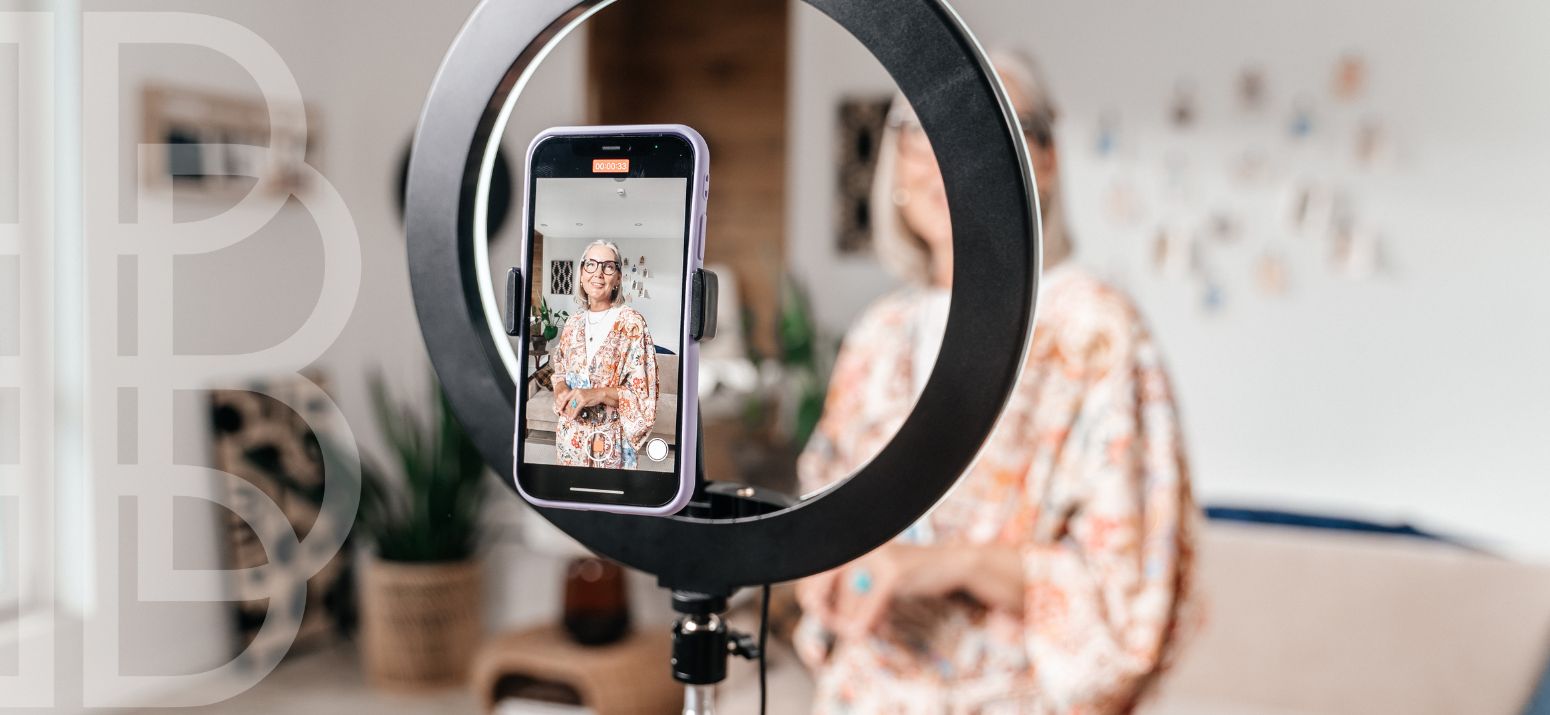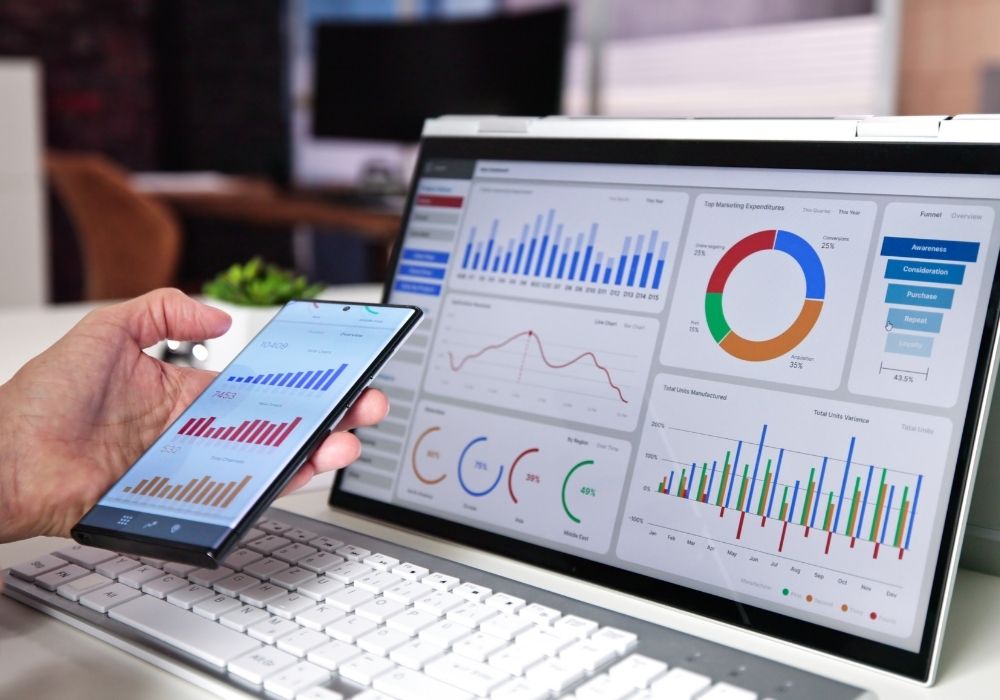It’s certainly no new thing for ecommerce brands to be working with social media influencers on lots of different types of campaign, but ensuring that there is a good return on the marketing spend in this area hasn’t always been as clear cut.
The home and garden retail sector saw huge growth during the Covid-19 pandemic and despite many things returning to ‘normal’ over the past couple of years, there are some important changes to the way we live that look likely to be permanent. While many people who worked remotely during pandemic have made some kind of return to office-based working, the latest ONS data shows that around 44% of people still work from home some or all of the time, and this looks to be the ‘new normal’ across many industries where home-working is possible.
This means that millions of UK adults are working from home regularly, spending more time in their homes than they probably would have done pre-pandemic, which is expected to correlate with continued spending on the home environment, even in the context of the current cost-of-living squeeze on many household budgets. More people may be likely to stay at home rather than holidaying elsewhere, have fakeaways or takeaways at home rather than eating out and entertain friends and wider family at home to help save money.
We’ve compiled some tips for ecommerce brands in the home and garden space working with home influencers in the UK to help ensure that you get the most possible from the partnership.
Setting objectives for your home influencer campaign
Having a clear idea of what you want the campaign to deliver is essential before you go into any of the details. Influencer marketing can have a variety of different benefits, but determining the most important for your business in this particular context is key.
For example, is this primarily a brand awareness activity, or is your priority to deliver sales of a certain product or line? While influencer marketing can deliver on more than one front at a time, ensuring that your expectations are aligned to your business goals will help keep the campaign on track in every aspect.
Setting an appropriate budget for your influencer campaign
While you might have a budget in mind before you even begin, it’s important to set objectives first so that you have a business case for the budget that this activity will need. If your primary objective is about increasing brand awareness, what is that worth to your business? If you want to sell a particular product, how many of them do you need to sell to recoup your spend on this activity? If you have any specific influencers in mind already, what are their rates for the kind of activity you are looking for? These are all things that will play into setting an appropriate budget for the campaign.
Doing your research here will definitely save time and effort further down the line.
Choosing the right platforms and home influencers
A major factor in helping you get the best possible return for the campaign is to choose the right influencers on the right platforms. Whether you focus all your attention on home influencers on Instagram or also incorporate TiKTok or another platform will all depend on where your target audience are and the circle of influence and levels of engagement of the individuals you choose to work with.
Of course, a huge part of working with influencers is finding people who are a good fit for your brand identity and ethos and whose creativity aligns with what you stand for. Their audience size is important, but the level of engagement they get with their followers gives a much better idea of the potential benefits of working with them.
Your campaign specifics and your budget will have an impact on who you work with, but the below checklist might also help.
Evaluating home influencers metrics
- Number of followers
- Engagement rates on non-sponsored content they publish
- Engagement rates on sponsored/ad content they publish (usually lower than the above metric)
- Amount of sponsored content they produce as a percentage/ratio
- Whether they have or currently work with any direct competitors of yours
- Reach (this will need to come from their own stats)
- Fake follower percentage (there are many free online tools for this to check influencer’s Instagram profiles)
- Rates (available from influencers directly or their agents/agency for larger influencers)
Scoping out the influencers that you like to see if they would be open to working with your brand on a campaign is important – they need to see it as a good fit too. Choosing influencers that already have a clear identity and style of their own means you can have a good idea of what they will bring to the table. Take a look at some examples of established home influencers and their content below:
View this post on InstagramA post shared by Anna | Affordable Decor, Hacks & Styling | UK (@our_home_style_)
Communicating a clear brief to your home influencers
Giving influencers all the creative freedom they need is an important part of ensuring you get an authentic campaign, but that doesn’t mean that you shouldn’t give them a clear brief as a starting point. They need to know who you’re trying to reach, why and what you want the outcome(s) to be. If the campaign is product-led then they need to know about any features, benefits and USPs of the product(s) and why their followers should choose your brand rather than one of your competitors.
Of course, you’ll need to include the deliverables you want from them and respective timescales, which can be key if you’re running several marketing activities concurrently with the influencer campaign.
If there are any brand no-go areas, make sure these are also outlined in the brief. For example, specific topics they want to stay away from.
Providing hashtags, links, affiliate codes, discount codes, or whatever other methods you want to use to encourage sales from the campaign, is also important to make sure that the results of the activity can be property tracked and measured.
Tracking every element of the influencer campaign
Influencer marketing has a reputation for being difficult to track, but that certainly doesn’t have to be the case. Ensuring that you have prepared personalised trackable links or coupon codes will mean that you can see if an influencer directly drives ecommerce sales, social listening while the influencer posts their content will help ensure you can track online conversations about your brand/products. Alongside this, keeping an eye on organic brand impressions (through Google Search Console) means you can correlate increases with influencer activity.
Evaluate the results and learn for future campaigns
Tracking and reporting on how an influencer campaign worked is always important. Using the data you gather to gain insights on how things could be done better or differently next time is even more useful.
Don’t just evaluate the end result; evaluate every step of the process.
- Did the campaign achieve your original objectives?
- Was your brief clear enough?
- Did you make the right choices of influencer?
- Were there any issues with communication or the deliverables?
- Were you able to track everything that you needed?
- Were there any unexpected benefits that came from the campaign?
- Did parts of it underperform vs your expectations?
- What would you change about the campaign if you could?
Taking some time to do this properly will help you to run more effective influencer marketing campaigns in the future and help maximise your return.
If you’d like some help with influencer marketing for your home or garden brand, our team would love to hear from you. Contact us using the form below.








